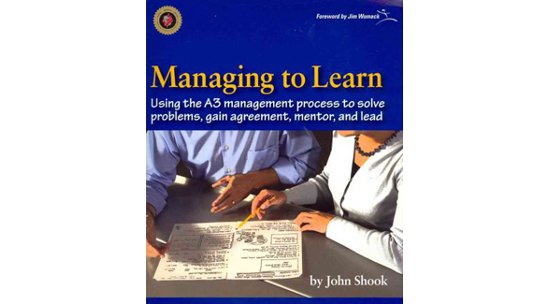

“What? Why?” “They didn’t agree with your feedback,” he said. “I caught up with the team and they’re not feeling good about the review this morning,” he told me. Later in the day, I saw one of my direct reports who looked upset. I left thinking that it was a good and productive meeting.

Before we ended, I asked if there were any thoughts or questions about what I had said. People Treat You Differently. Some years ago, when my team had grown beyond the point where I knew everybody personally, I attended a review where three designers presented their latest work. As a team grows, learning to give this trust is essential. One of the biggest challenges of managing at scale is finding the right balance between going deep on a topic and stepping back and trusting others to take care of it. But empowering your people is a necessity. Decisions will be made without your input, and things will be done differently than how you might personally do them.Īt first, this can feel disorienting, like you’re losing control. You’re still responsible for your team’s outcomes, but you can’t be in all the details. But this means you’re further removed from the people and the work on the ground. This is why managers of growing teams eventually start to hire or develop managers underneath them. When I got to more than eight reports, I started to feel like I didn’t have enough hours in the day to support everyone well while also thinking about hiring, ensuring high-quality design work, and contributing to product strategy. Add in time to follow up on any action items, and you’d barely be able to do anything else. If you did weekly 30-minute one-on-ones with everyone, that alone would take 15 hours - nearly half of the workweek. If your team is 30 people, you can’t manage them all directly, at least not to the same degree. Looking back, these are the five most striking contrasts between managing small and large teams:ĭirect to Indirect Management. If your team is five people, you can develop a personal relationship with each individual where you understand the details of their work, what they are good at, and maybe even the hobbies they enjoy outside the office. People often ask me what’s different about my job now than when I started. While the core principles of management stayed the same, the day-to-day changed significantly. The only way to stay effective was to constantly change and adapt.Īt each of these points, I felt like I had an entirely different job. As soon as I figured out a better process, a few more people would join and the gears would get clogged once more. There were more unexpected issues, more announcements to communicate, more decisions to keep track of.

Meanwhile, my own days were getting squeezed. We found more chairs, but 10 people wanted to share their projects - and we only had time for five or six. The turning point was walking into a design critique and noticing that our regular room didn’t have enough seats for everyone. Then one day, seemingly out of the blue, I realized that the old way of doing things was no longer working. Each time, new faces were introduced to the current team and our existing processes.Įverything seemed to be going smoothly. Two pizzas were still enough to feed everyone.Ī few months later, another person would join. We were grateful that someone else had come to help us accomplish more together. Everyone loved sitting down and showing her how we worked -where we kept our design files, what tools to download, which meetings to attend. Back when our Facebook design team still fit around a conference table, a new designer joining our merry band was a momentous event.


 0 kommentar(er)
0 kommentar(er)
